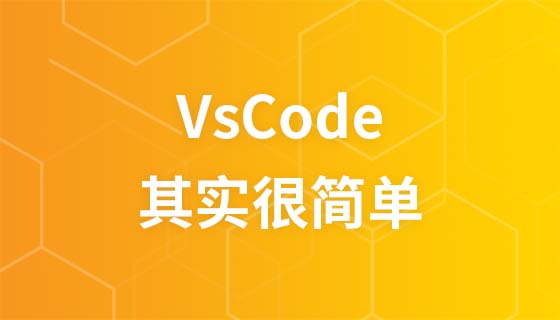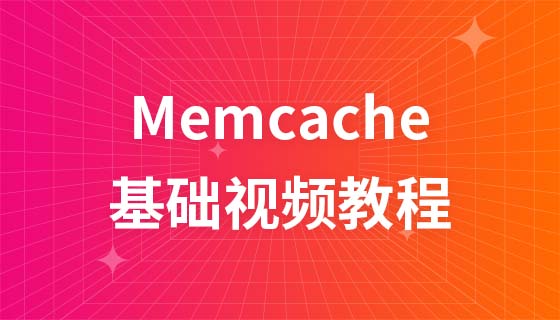observablecollection<t>与list<t>的核心区别在于前者实现inotifycollectionchanged接口,能主动通知ui集合变动,而后者不能;1. 要让ui响应集合内容变化,必须使用observablecollection<t>;2. 集合中元素属性变更需通过实现inotifypropertychanged接口来通知ui;3. 常见陷阱包括未实现inotifypropertychanged、跨线程修改集合、频繁更新性能问题及不恰当的集合替换;4. 最佳实践包括遵循mvvm模式、使用icollectionview进行排序过滤、懒加载大数据、善用datatemplate和考虑reactiveui等响应式框架以提升开发效率和应用性能。

ObservableCollection<T>
INotifyCollectionChanged
要让
ObservableCollection<T>
ListBox
ItemsControl
DataGrid
ItemsSource
ObservableCollection<T>
一个经典的WPF例子是这样的:
ViewModel.cs:
using System.Collections.ObjectModel;
using System.ComponentModel; // For INotifyPropertyChanged on ViewModel itself, if collection property changes
using System.Runtime.CompilerServices; // For [CallerMemberName]
public class Person : INotifyPropertyChanged // Crucial for item property changes
{
private string _name;
public string Name
{
get => _name;
set
{
if (_name != value)
{
_name = value;
OnPropertyChanged();
}
}
}
private int _age;
public int Age
{
get => _age;
set
{
if (_age != value)
{
_age = value;
OnPropertyChanged();
}
}
}
public event PropertyChangedEventHandler PropertyChanged;
protected void OnPropertyChanged([CallerMemberName] string propertyName = null)
{
PropertyChanged?.Invoke(this, new PropertyChangedEventArgs(propertyName));
}
}
public class MainViewModel : INotifyPropertyChanged
{
private ObservableCollection<Person> _people;
public ObservableCollection<Person> People
{
get => _people;
set
{
if (_people != value)
{
_people = value;
OnPropertyChanged();
}
}
}
public MainViewModel()
{
People = new ObservableCollection<Person>
{
new Person { Name = "张三", Age = 30 },
new Person { Name = "李四", Age = 25 }
};
}
// 模拟添加、删除、修改操作
public void AddNewPerson(string name, int age)
{
People.Add(new Person { Name = name, Age = age });
}
public void RemoveLastPerson()
{
if (People.Count > 0)
{
People.RemoveAt(People.Count - 1);
}
}
public void UpdateFirstPersonName(string newName)
{
if (People.Count > 0)
{
People[0].Name = newName; // 这会触发Person内部的PropertyChanged
}
}
public event PropertyChangedEventHandler PropertyChanged;
protected void OnPropertyChanged([CallerMemberName] string propertyName = null)
{
PropertyChanged?.Invoke(this, new PropertyChangedEventArgs(propertyName));
}
}MainWindow.xaml:
<Window x:Class="WpfAppBinding.MainWindow"
xmlns="http://schemas.microsoft.com/winfx/2006/xaml/presentation"
xmlns:x="http://schemas.microsoft.com/winfx/2006/xaml"
xmlns:d="http://schemas.microsoft.com/expression/blend/2008"
xmlns:mc="http://schemas.openxmlformats.org/markup-compatibility/2006"
xmlns:local="clr-namespace:WpfAppBinding"
mc:Ignorable="d"
Title="ObservableCollection Data Binding Demo" Height="450" Width="800">
<Window.DataContext>
<local:MainViewModel/>
</Window.DataContext>
<Grid>
<Grid.RowDefinitions>
<RowDefinition Height="*"/>
<RowDefinition Height="Auto"/>
</Grid.RowDefinitions>
<ListBox ItemsSource="{Binding People}" Grid.Row="0" Margin="10">
<ListBox.ItemTemplate>
<DataTemplate>
<StackPanel Orientation="Horizontal">
<TextBlock Text="{Binding Name}" FontWeight="Bold" Margin="0,0,5,0"/>
<TextBlock Text="{Binding Age, StringFormat='({0}岁)'}"/>
</StackPanel>
</DataTemplate>
</ListBox.ItemTemplate>
</ListBox>
<StackPanel Orientation="Horizontal" Grid.Row="1" Margin="10">
<Button Content="添加新成员" Margin="0,0,10,0" Click="AddPerson_Click"/>
<Button Content="删除末尾成员" Margin="0,0,10,0" Click="RemovePerson_Click"/>
<Button Content="更新首位成员姓名" Click="UpdatePerson_Click"/>
</StackPanel>
</Grid>
</Window>MainWindow.xaml.cs (Code-behind for button clicks):
using System.Windows;
namespace WpfAppBinding
{
public partial class MainWindow : Window
{
public MainWindow()
{
InitializeComponent();
}
private void AddPerson_Click(object sender, RoutedEventArgs e)
{
if (DataContext is MainViewModel viewModel)
{
viewModel.AddNewPerson($"新成员{viewModel.People.Count + 1}", 20 + viewModel.People.Count);
}
}
private void RemovePerson_Click(object sender, RoutedEventArgs e)
{
if (DataContext is MainViewModel viewModel)
{
viewModel.RemoveLastPerson();
}
}
private void UpdatePerson_Click(object sender, RoutedEventArgs e)
{
if (DataContext is MainViewModel viewModel)
{
viewModel.UpdateFirstPersonName("王五 (已更新)");
}
}
}
}运行这个例子,你会发现点击按钮时,
ListBox
ObservableCollection<T>
List<T>
这是个很基础但又极其重要的问题,我经常看到初学者在这上面犯迷糊。简单来说,
List<T>
List<T>
List<T>
ListBox
ItemsSource
List<T>
List<T>
ItemsSource
而
ObservableCollection<T>
Collection<T>
INotifyCollectionChanged
CollectionChanged
ObservableCollection<T>
所以,核心区别在于:
List<T>
ObservableCollection<T>
ObservableCollection<T>
ObservableCollection<T>
ObservableCollection<T>
前面提到
ObservableCollection<T>
ObservableCollection<Person>
Person
Person
Name
ObservableCollection<T>
ObservableCollection
要解决这个问题,你需要让
ObservableCollection<T>
INotifyPropertyChanged
Person
INotifyPropertyChanged
set
PropertyChanged
就像上面
Person
public class Person : INotifyPropertyChanged
{
private string _name;
public string Name
{
get => _name;
set
{
if (_name != value) // 检查值是否真正改变,避免不必要的通知
{
_name = value;
OnPropertyChanged(); // 触发PropertyChanged事件
}
}
}
// ... 其他属性和PropertyChanged实现
}当你这样做了之后,UI控件的绑定(例如
TextBlock Text="{Binding Name}"Person
PropertyChanged
Person.Name
ObservableCollection<T>
实际开发中,
ObservableCollection<T>
常见陷阱:
忘记实现INotifyPropertyChanged
INotifyPropertyChanged
set
跨线程操作ObservableCollection<T>
ObservableCollection<T>
Task.Run
ThreadPool
Dispatcher.Invoke
Application.Current.Dispatcher.Invoke
// 错误示例:
// Task.Run(() => People.Add(new Person { Name = "后台添加", Age = 10 }));
// 正确示例:
Application.Current.Dispatcher.Invoke(() =>
{
People.Add(new Person { Name = "后台添加", Age = 10 });
});频繁或批量更新: 如果你需要一次性添加、删除大量数据(比如几千条),逐条
Add
Remove
CollectionChanged
ObservableCollection<T>
AddRange
BlockReentrancy()
CollectionChanged
ItemsSource
不恰当的集合替换: 有时候开发者会直接
MyCollection = new ObservableCollection<T>(newData);
MyCollection
INotifyPropertyChanged
Clear()
Add
最佳实践:
ObservableCollection<T>
ICollectionView
ObservableCollection<T>
ICollectionView
CollectionViewSource
ListCollectionView
ObservableCollection<T>
DataTemplate
ItemTemplateSelector
ObservableCollection<T>
DataTemplate
DataTemplateSelector
ReactiveList<T>
ObservableCollection<T>
总的来说,
ObservableCollection<T>
以上就是C#的ObservableCollection如何实现数据绑定?的详细内容,更多请关注php中文网其它相关文章!

每个人都需要一台速度更快、更稳定的 PC。随着时间的推移,垃圾文件、旧注册表数据和不必要的后台进程会占用资源并降低性能。幸运的是,许多工具可以让 Windows 保持平稳运行。




Copyright 2014-2025 https://www.php.cn/ All Rights Reserved | php.cn | 湘ICP备2023035733号